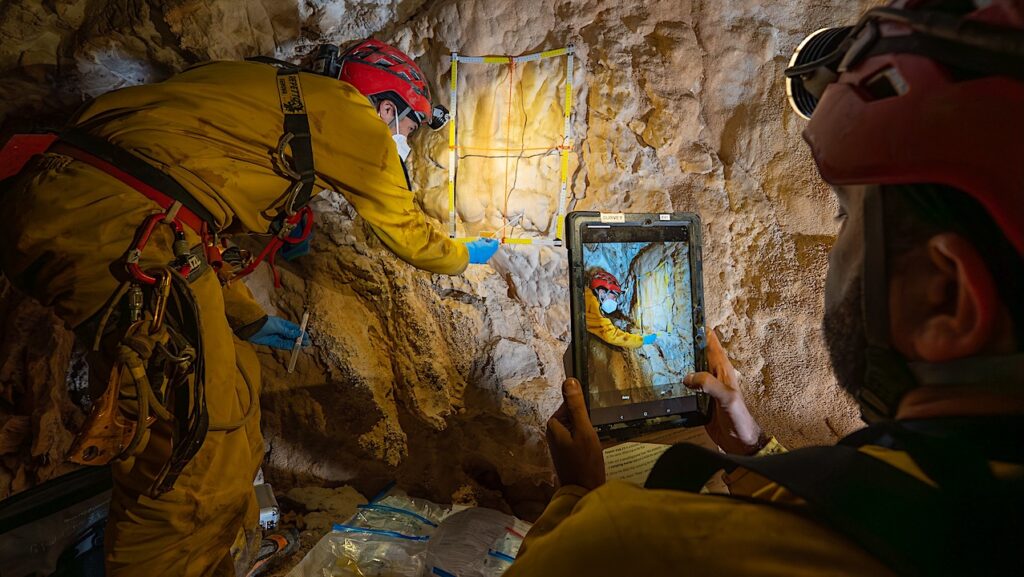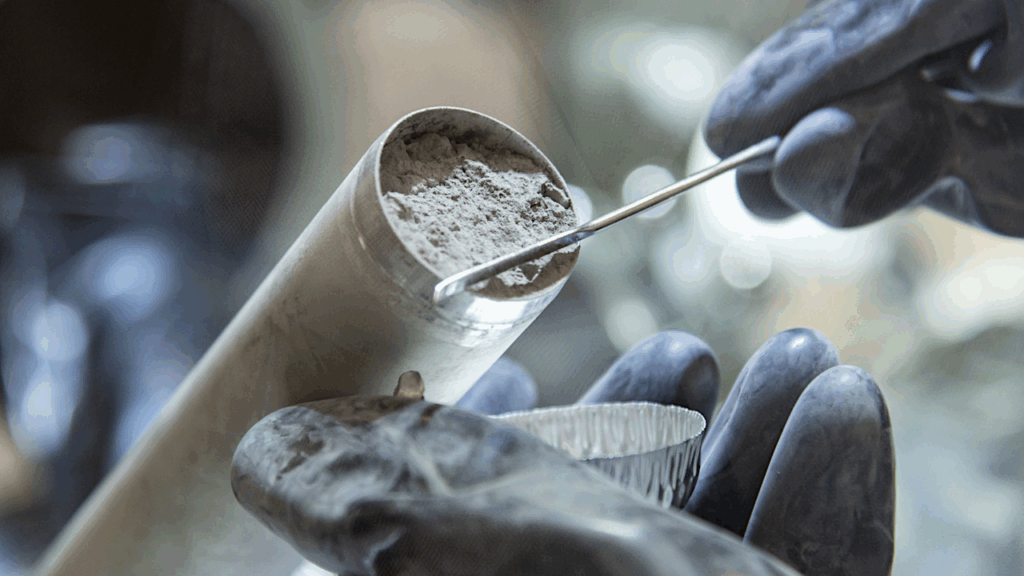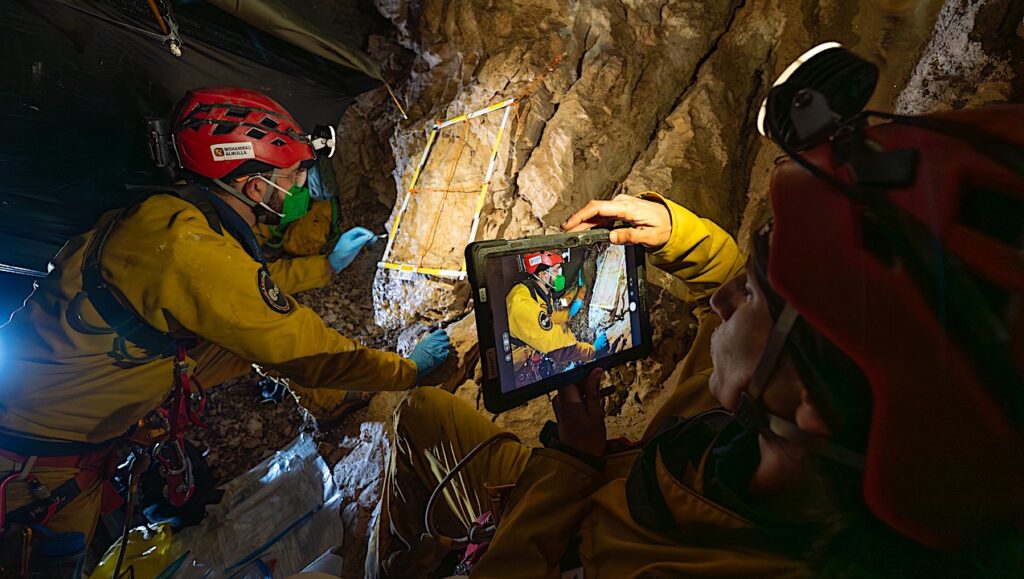Offworld Genomics Research: DNA Decryption Experiment On ISS
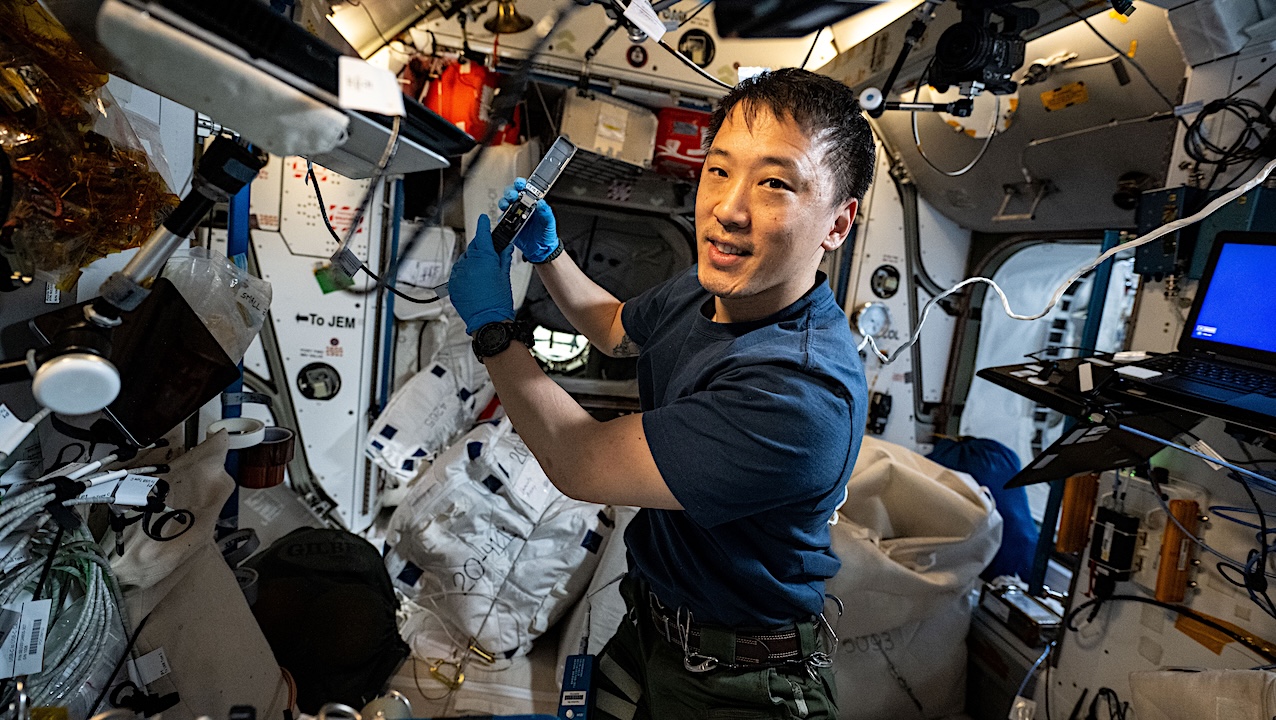
NASA astronaut and Expedition 73 Flight Engineer Jonny Kim shows off research hardware from the Noblis / Voyager DNA Decryption experiment taking place inside the International Space Station’s Harmony module.

NASA astronaut Jonny Kim conducts research operations for the Noblis /Voyager DNA Decryption experiment iss073e0815503 (Sept. 26, 2025) Larger image
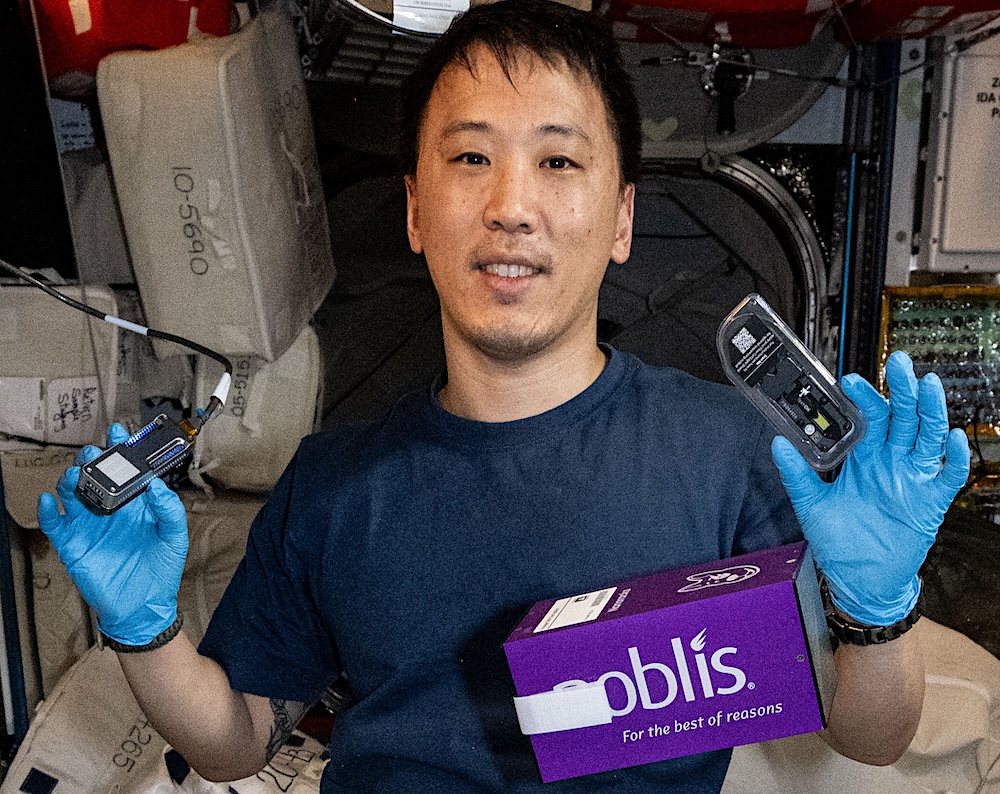
Detail: note the Nanopore MinION sequencer in Kim’s ight hand. NASA has made great use of this technology.
Secure and reliable data storage and transmission are essential to maintain the protection, accuracy, and accessibility of information.
In these photos, NASA astronaut Jonny Kim displays research hardware that tests the viability of encoding, transmitting, and decoding encrypted information via DNA sequences. As part of this experiment, DNA with encrypted information is sequenced aboard the space station to determine the impact of the space environment on its stability.
Using DNA to store and transmit data could reduce the weight and energy requirements compared to traditional methods used for long-duration space missions and Earth-based industries.
Learn more about DNA Decryption, NASA
Related links
- Nanopore MinION sequencer, Astrobiology.com
- Genomics, Astrobiology.com
Astrobiology, Space biology, genomics, microgravity,


